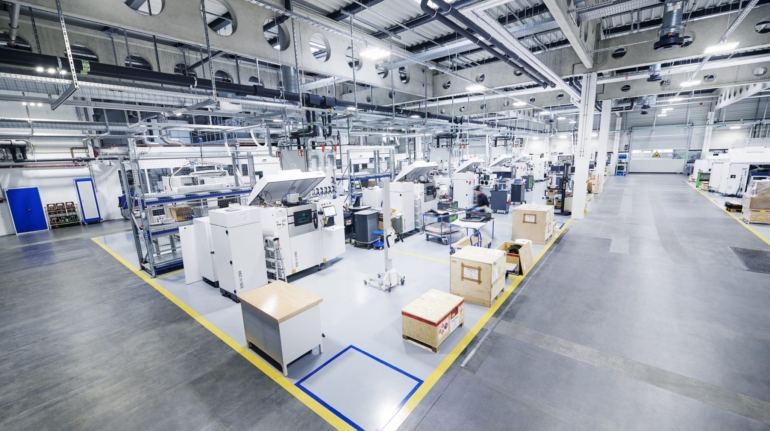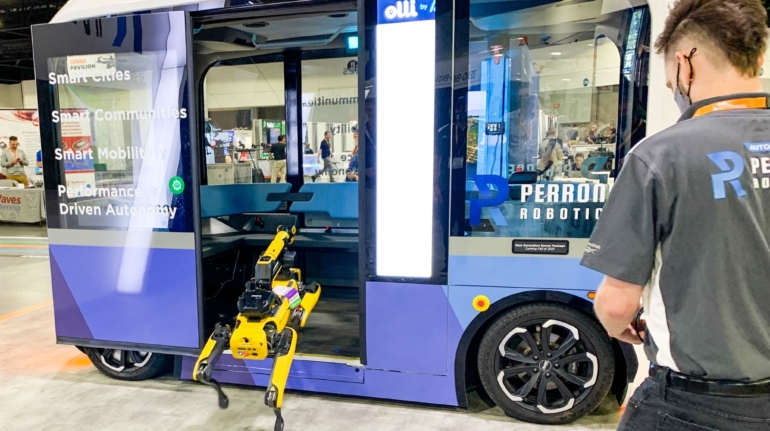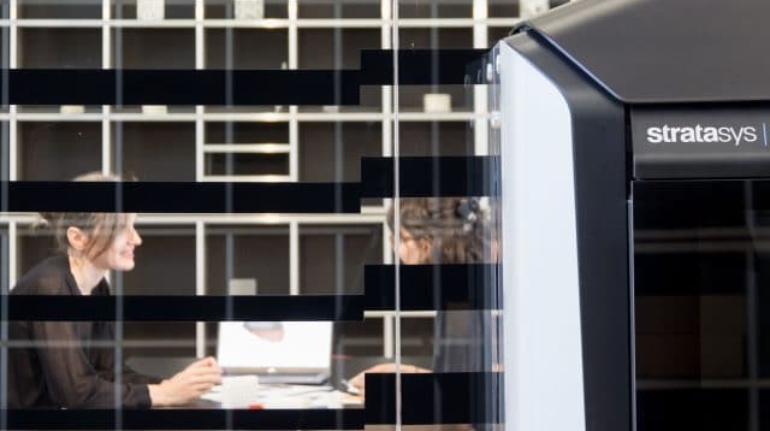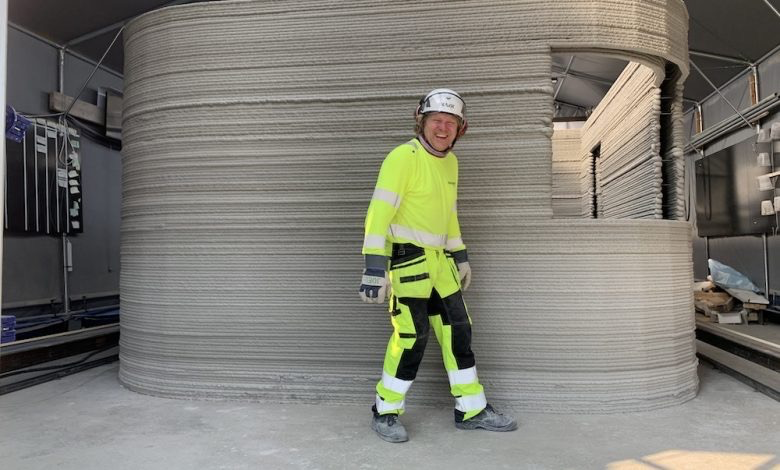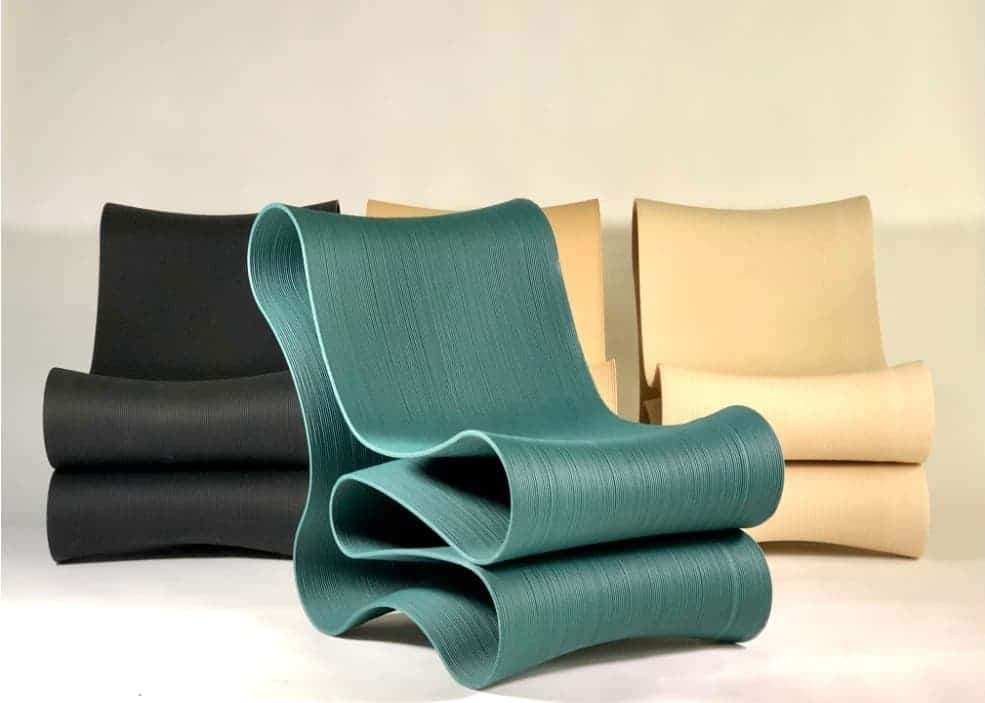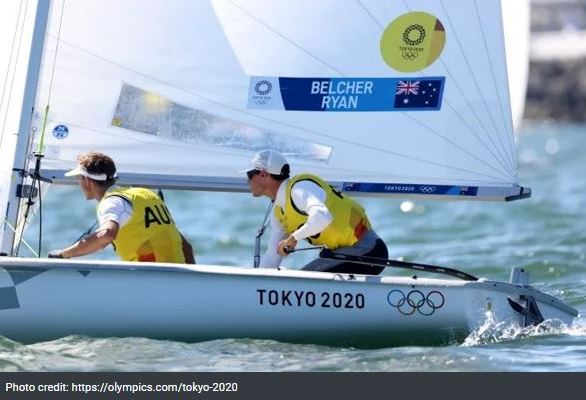Stratasys and Berlin-based innovation studio & venture builder, nFrontier, have entered a partnership aiming at jointly taking a leap into the future of impact-driven innovation in Additive Manufacturing. A creative powerhouse, the newly established nFrontier Emerging Technologies Center [EmTeCe], the core of the nFrontier Innovation Studio, established in 2020, aims at becoming one of Europe’s leading facilities of creatively applied Emerging Technologies in soft- and hardware. The EmTeCe will integrate the “Emerging Eight Technologies“ in one single facility: Additive Manufacturing, Augmented Reality / Virtual Reality, Artificial Intelligence, Internet of Things, Robotics, Generative Design, Drones, and Quantum Computing.

